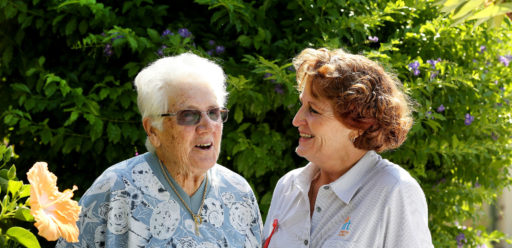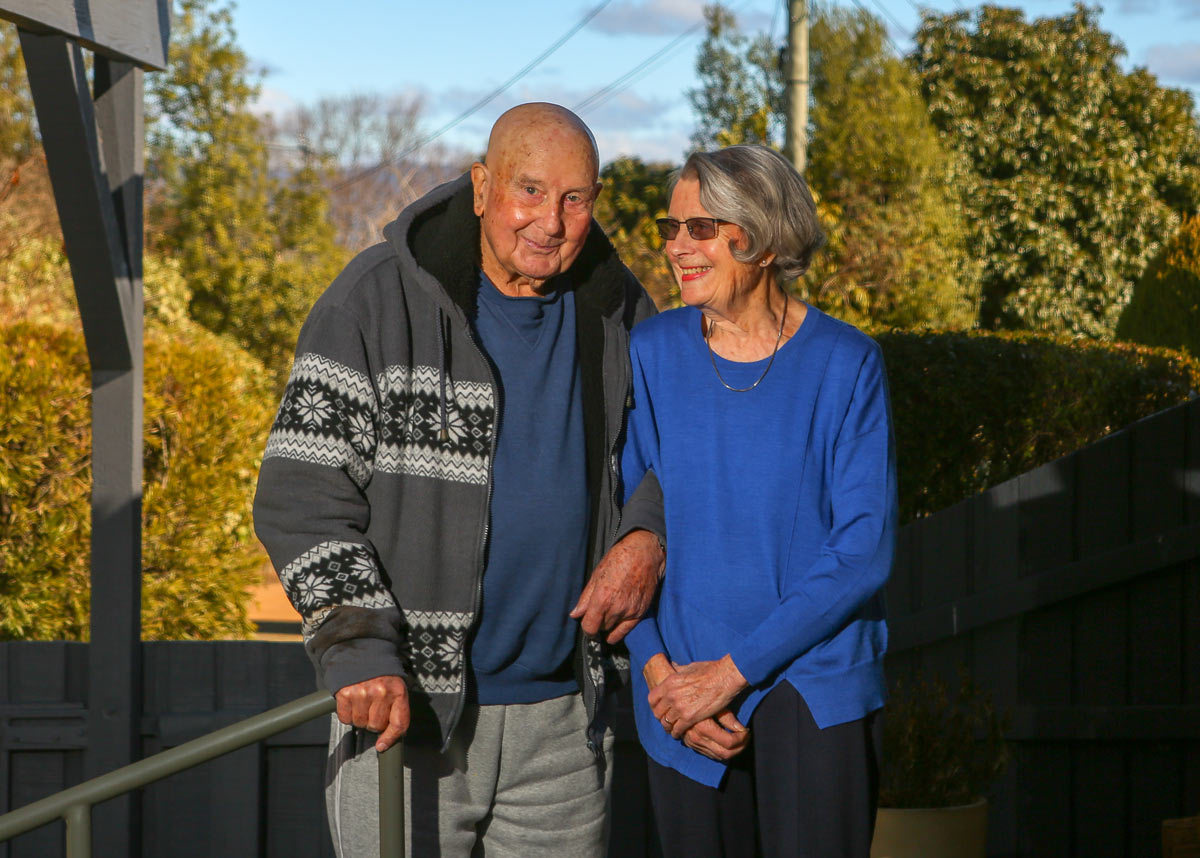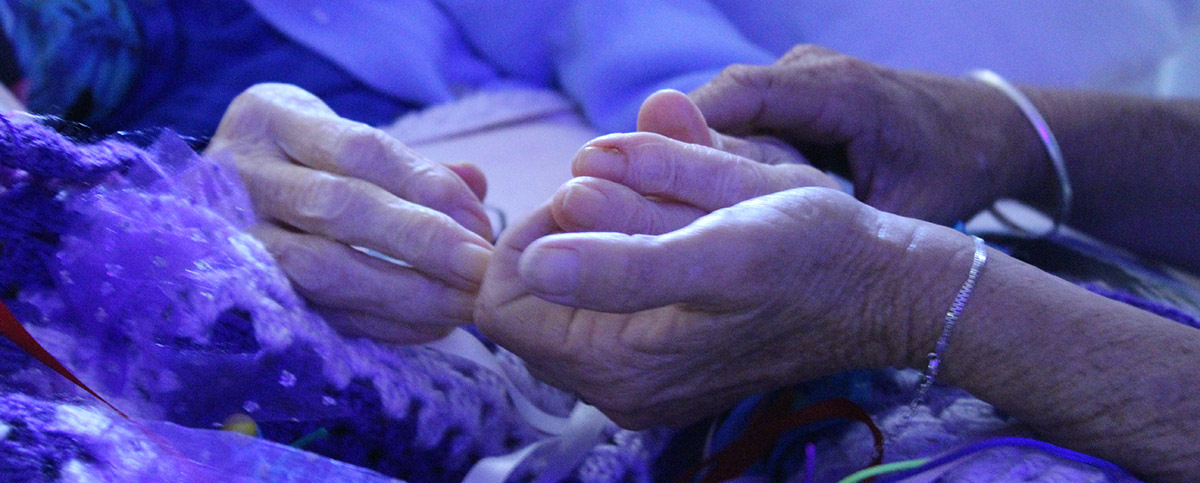Caring for an ageing loved one is a rewarding experience, but it also has its challenges. To keep up with the demands that caring for a loved one has, it’s important you look after your own health and take some time to refresh and recharge.
Respite breaks for carers with the help of a relative, close friend or through an aged care provider is beneficial for both yourself and the person you care for.
In 2020-2021, over 82,000 Australians entered into residential respite care. And according to the Australian Government's Institute of Health and Welfare this number is increasing every year, with a 31% jump since 2011-2012.
What is respite care?
Respite care services provide temporary support to a person over a short period of time to help carers take a break from their caring role. Respite care can include your loved one visiting an aged care centre or enlisting the help of a carer at home, so you can take some time out with peace of mind knowing your loved one is well taken care of. They can enjoy a change of scenery, meet new people and have access to engaging activities they may be unable to do at home.
Types of respite care services available
Finding respite care services is easier than you think and there is a range of flexible respite care options available that can be tailored to to suit the needs of the individual.
In home respite care
Many home care providers like IRT provide respite services to new and existing customers. A care worker will come and visit for a few hours or take your loved one on an outing to places they love to visit, like the local shops or a nearby park.
Friends and family
Don't be afraid to ask friends or family for a helping hand. If you need to run an errand or go to an appointment it might be ideal to have a family member or close friend stay at your home with your loved one while you're out.
Residential respite care
A short stay in a residential aged care centre is available to anyone who needs help caring for a loved one – whether it’s to go on a holiday, for a medical reason, or because you simply need a break. It can also be a way to trial whether longer-term accommodation and care is a suitable option.
Emergency respite care
If you have an emergency such as a sudden admission into hospital, you're able to access emergency respite at short notice. To find out more, contact your local Commonwealth Respite and Carelink Centres.
The Australian Government program Carer Gateway also provides free services and support for carers, including access to emergency respite if you are suddenly unable to provide care.
Who is eligible for respite care?
Eligibility for government-subsidised respite care depends on a person’s age, health needs, and the circumstances of their carer. You will need to complete an Aged Care Assessment Team (ACAT) assessment to access residential respite care through the Commonwealth Home Support Programme or other government funding schemes. This assessment helps determine the level of care required and what services are available.






